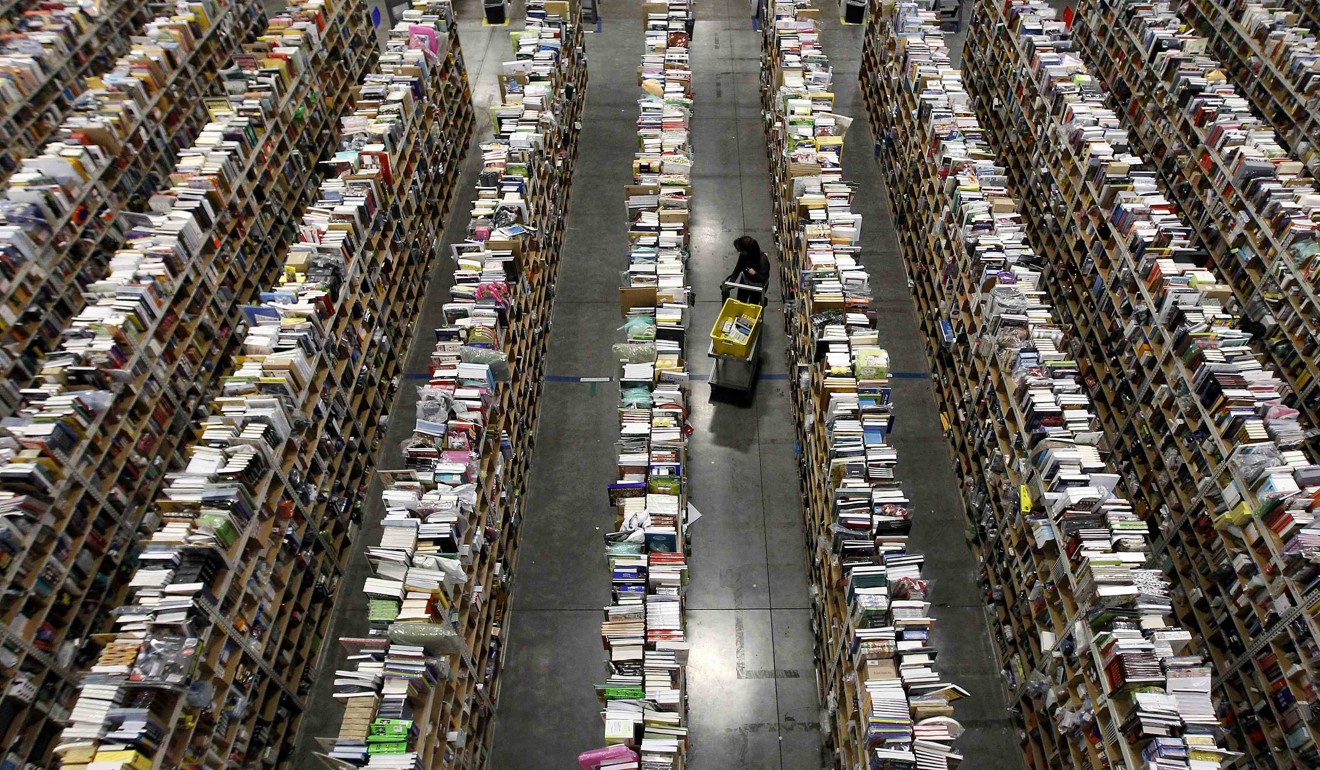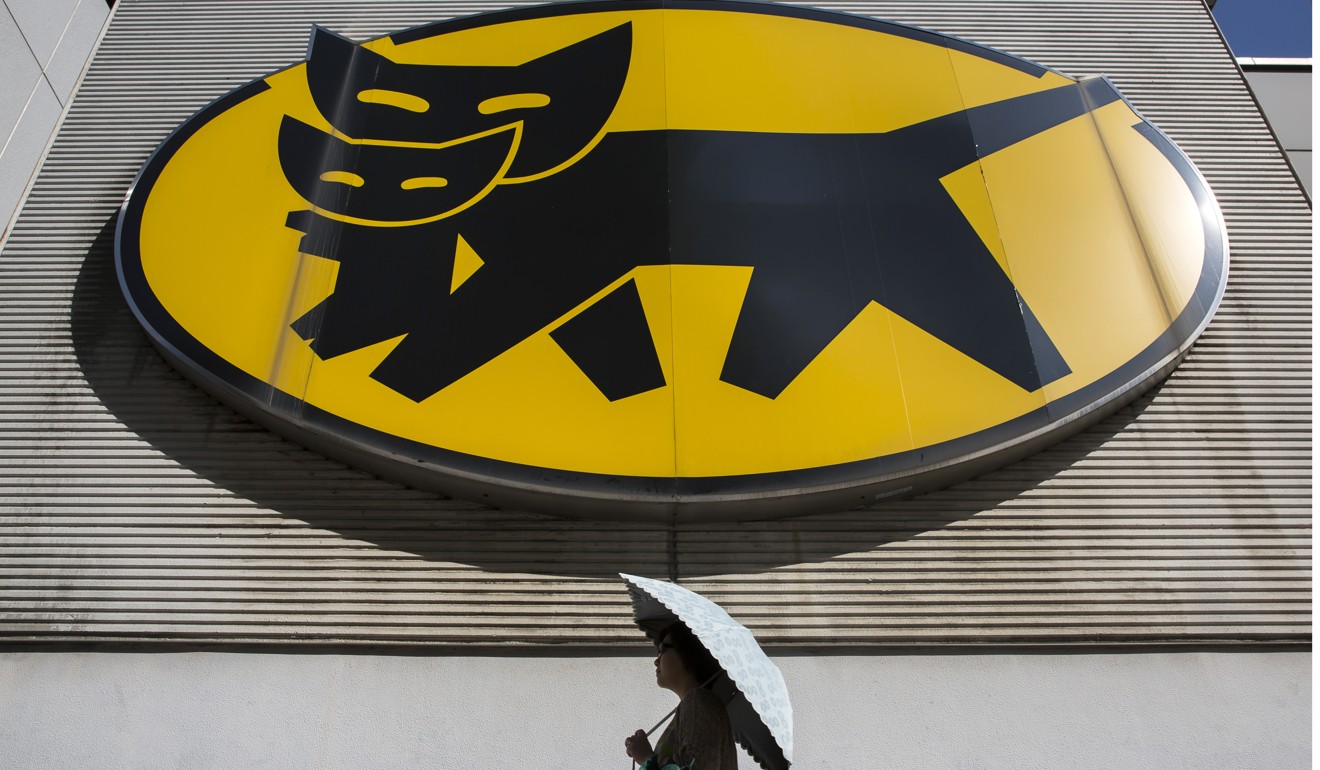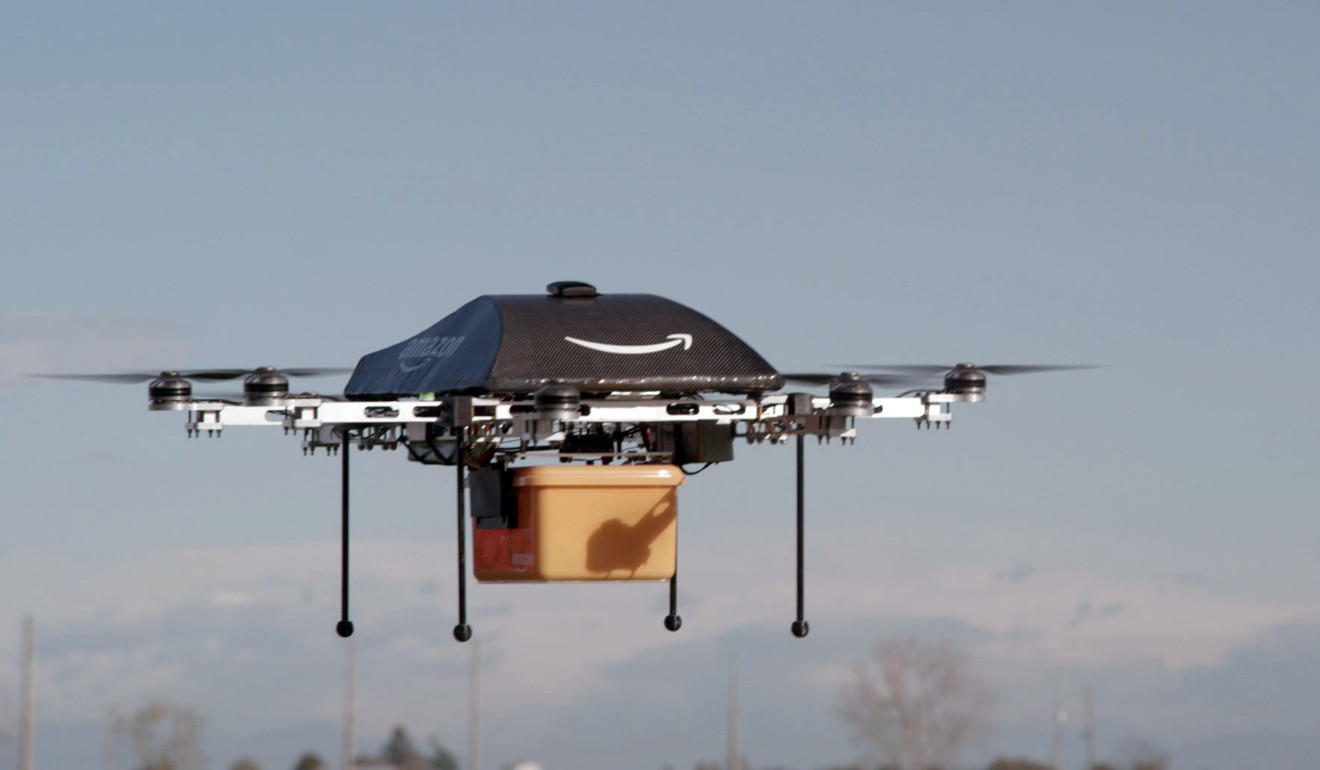
How Amazon helped push Japan’s famed delivery men to the edge
Person-to-person home delivery sales have been an important cultural feature in Japan for decades, but modern demands are grinding the workforce down, parcel by parcel
Japan’s home-delivery system, the envy of the world, is breaking down under the load of rapidly expanding e-commerce companies demanding same-day delivery of their wares.
Want to play a round of golf but don’t have a car? No problem. Simply drop the clubs off at the local convenience store, and they will be delivered straight to the golf course – and back to your front door after the round is over.
Gift giving is a big thing in Japan, and whole floors of department stores are given over to gift packages of oranges, melon rice, grapes, beer and numerous other products that must be delivered to the beneficiary during Japan’s busy summer and winter gift-giving seasons.
Person-to-person home delivery sales have been an important cultural feature in Japan for decades. So the growing burdens of e-commerce that threaten it are not just a business story; they are a story about social infrastructure.

For the delivery companies and their hard-working army of truck drivers, it means long days of hard work at low pay. However, companies had managed to cope until the rise of online shopping and its demands for quick delivery.
Online sales have increased in the last half-decade from an estimated 900 billion yen (HK$63 billion) in 2010 to more than a trillion yen in 2016. And e-commerce companies compete ferociously by promising earlier and earlier home delivery.
Adding to the pressure is Amazon Japan. In 2015 it initiated Prime Now, guaranteeing same-day delivery for a wide range of products including cooked meals.
Sagawa, one of the big three delivery services, stopped doing business with Amazon in 2015 because the burden of delivering products, including same-day service, was too much to handle. And in April Yamato said it was ending same-day delivery for Prime Now.

Recently, Yamato, whose black-cat logo can be seen on trucks all over Tokyo, announced that it was raising its parcel fees for the first time in 27 years. The other of the big three delivery services, Sagawa and Japan Post, presumably will follow.
The burdens, of course, fall on the 60,000 delivery personnel who work long hours for low pay. Their plight was underscored in a home video of a Sagawa delivery man kicking and screaming at a bunch of parcels outside an apartment building that went viral on YouTube.
Video of upset Sagawa delivery worker
Presumably, the recipients of the packages were not at home, which means that he may have had to return repeatedly, since most service companies do not charge for non-deliveries.
Missed deliveries are the bane of the industry. The transport ministry estimates that nearly a quarter of the packages are not delivered in the initial attempt. In such cases the driver scribbles a non-delivery note and plans to make another try.
Why are so many Muslims suddenly visiting Japan?
This is in marked contrast with the practices of Amazon in the United States, where the delivery drivers simply leave the packages on doorstops or mailboxes without bothering to check if anyone is at home to sign for them.
Several ideas have been proposed to reduce the number of undelivered packages. The most promising so far has been making parcel lockers available in public places such as railroad stations or post offices, allowing customers to pick up packages at their leisure. Japan’s National Ministry of Environment looks favourably on this idea and is subsidising some of the costs, since it serves to curb unnecessary deliveries and thus carbon emissions.

Amazon continues to experiment with using drones for packages, and some say the technology could help solve Japan’s non-delivery problems. Drones can deliver to places around the home, such as verandas, that customers might consider more secure than doorstops.
Also, drivers pressed for time often park illegally, and if caught they pay the price, not their company.
The home delivery services know that they have to take into account the growing concerns of their hard-working drivers if they are going to keep even a bare minimum on the job. After all, there are not a lot of people clambering to become home delivery drivers. Japan’s declining and ageing society also tends to cut into the pool of replacements.
A former part-time driver for Yamato told the Japan Times that the efforts to satisfy customers were grinding down its delivery workforce. “Yamato’s service is convenient for customers but it is too much [work],” said Amanda, who did not give her full name. “People are taking its generous service for granted.”
Japan’s dullest city tries to get party started but will anybody come?
Delivery companies are making some efforts to ease the stresses on their workforce, from eliminating 12pm to 2pm shifts to allow drivers to take lunch breaks, to proposing to pay their parking fines. And Yamato reached an agreement with the drivers’ union to raise salaries.
Japan Post says it will start letting customers choose where to have packages placed, such as on a doorstep. “We want to reduce redelivery as much as possible, said Hideo Murata, a company spokesman.
Todd Crowell has been a journalist in Asia for 30 years, in Hong Kong, Thailand and Japan

